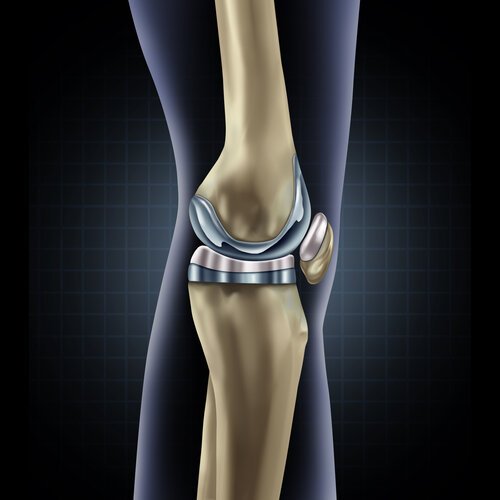
Post Surgery Rehabilitation in the Greater Phoenix Area
Serving Phoenix, Scottsdale, Tempe, Chandler, Mesa, Ahwatukee, Gilbert, and Fountain Hills
Though surgery exists to fix medical issues, the period immediately following an operation leaves a person vulnerable. Surgery essentially involves wounding the body to solve a deeper problem. The success of the surgery and the patient’s recovery depends on having a plan to follow during the postoperative period. Physical therapy can help by giving the patient a recuperative plan to follow. This ensures they engage in exercises that rebuild strength without harming the vulnerable surgical site.
There are several benefits to engaging in physical therapy after surgery.
Exercise improves blood circulation, making the body pump more valuable blood and oxygen to the wounded area, thus speeding up recovery. Plus, increased circulation can relieve inflammation, again speeding up the healing process.
Pain relief is another significant benefit. By strengthening their muscles and restoring joint function, the patient takes the pressure off other parts of the body. Contrary to the belief that exercising after surgery leads to more pain, patients experience less pain when following a customized physical therapy program.
Physical therapy helps patients overcome the restricted motion that surgery often causes. Elderly patients, in particular, are vulnerable to muscle weakening, loss of physical function, and other post-surgical complications. The simple exercises in a physical therapy program get the body moving again, allowing the patient to maintain and recover body function. With appropriate exercises, patients can restore strength to the affected areas, meaning they get back on their feet faster than they would otherwise.
Other benefits relate to the patient’s specific circumstances. For example, a physical therapist can perform tissue mobilization exercises that reduce scar tissue formation. They can also show the patient techniques that reduce swelling and prevent the formation of blood clots and infections.
While the process is not always comfortable, post-surgical physical therapy has proven long-term benefits. It relieves pain, restores mobility, and ensures the patient makes a speedier recovery.
Commonly Seen Surgical Procedures
JOINT REPLACEMENT
Typically performed due to severe joint degeneration, joint replacement is becoming increasingly more popular with the active aging population. Most commonly performed on knees, hips, and shoulders.
ARTHROSCOPIC REPAIR AND DEBRIDEMENT
Minimally invasive procedure involving a small incision with a tiny camera inserted into the joint to visualize and address the issue in a variety of ways.
SPINAL FUSION, DECOMPRESSION
Various procedures in the neck, mid-back, or low back aimed at alleviating spine-based symptoms. May involve fusing various segments and/or spinal decompression via removal of disc material or bone.
JOINT INJECTIONS
Injections of various medications into the joint space to address inflammation, healing, cartilage health, and joint mechanics.
LIGAMENT REPAIR
Surgical repair of specific ligament ruptures typically involving the knee, ankle, and wrist.
OUR REVIEWS
Our goal is to provide supportive and effective patient care.





